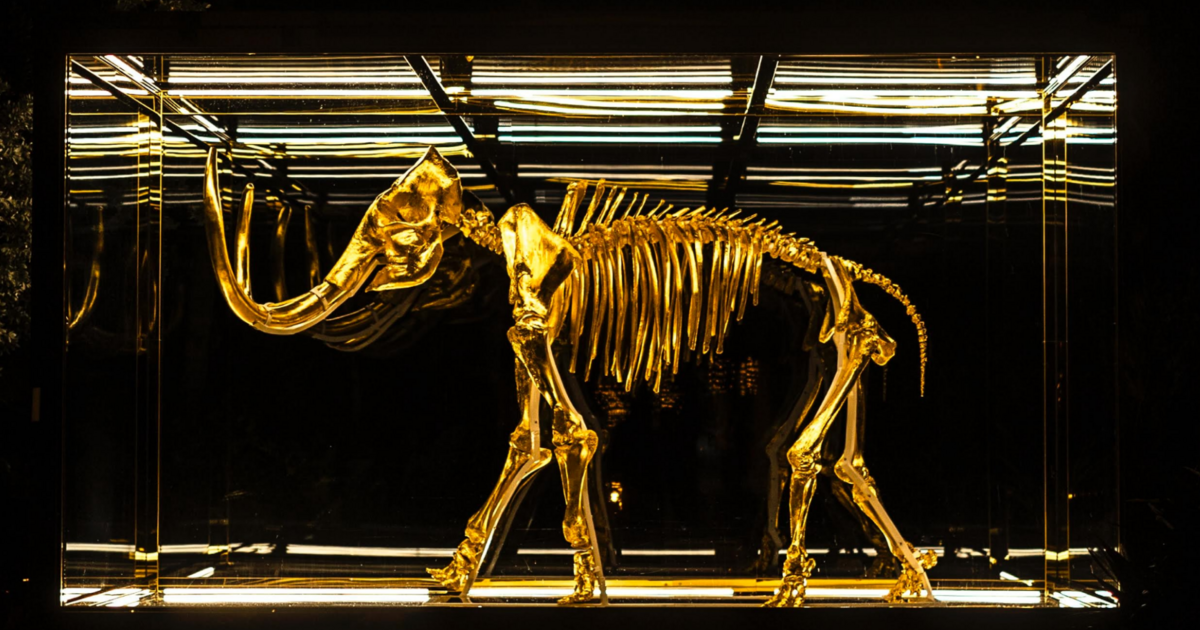Recherches récentes
Options de recherche
#vetch
In case you didn't know, bird vetch is in the legume family. Here are some flowers together with their little seed pods
#vetch
Vivia cracca, or bird vetch, unfurling like a colorful fern frond.
#bloomscrolling #vetch
I have a new favorite word.
Vetch.
Apparently that's what this is in my apartment's front yard (according to iNaturalist).
I'm thrilled that so far my landlord has made no progress toward cleaning up the wildness of the yard -- so many volunteers, things growing willy-nilly, it's *wonderful*.
She apologized when I moved in but I made it ultra-clear, no, I LOVE it this way. Wild is good, in my book.
This is Vetch - an introduced weed. Goes to prove weeds aren’t always ugly! it’s a problem in cereal crops, but not so much in wild woodlands, where I found this one. No idea how it got there - maybe a seed stuck to someone’s shoe, or a bird needing to go!
#Photography #Nature #NaturePhotography #Wildflowers #Macro #FlowersOfMastodon #Vetch #ViciaSativa #Weed #Victoria #Australia
Bee on Vetch
I couldn’t believe it! I was photographing this #vetch and along came a #bee and photobombed the image. How lucky am I!
Available from:
https://pixels.com/featured/bee-on-vetch-alternative-perspectives.html
or
https://www.redbubble.com/shop/ap/148904726
The real #Paleo diet: New #archaeological evidence changes what we thought about how ancient humans prepared food
by Ceren Kabukcu, The Conversation, November 26, 2022
"We found carbonised food fragments in Franchthi Cave (Aegean, Greece) dating to about 13,000-11,500 years ago. At Franchthi Cave we found one fragment from a finely-ground food which might be #bread, batter or a type of #porridge in addition to #pulse #seed-rich, coarse-ground foods.
"In Shanidar Cave (Zagros, Iraqi Kurdistan), associated with early modern humans around 40,000 years ago and Neanderthals around 70,000 years ago, we also found ancient food fragments. This included wild #mustard and terebinth (wild #pistachio) mixed into foods. We discovered wild #grass seeds mixed with pulses in the charred remains from the Neanderthal layers. Previous studies at Shanidar found traces of grass seeds in the tartar on Neanderthal teeth.
"At both sites, we often found ground or pounded pulse seeds such as bitter #vetch (Vicia ervilia), grass #pea (Lathyrus spp) and wild pea (Pisum spp). The people who lived in these caves added the seeds to a mixture that was heated up with water during grinding, pounding or mashing of soaked seeds.
"The majority of wild pulse mixes were characterised by bitter tasting mixtures. In modern cooking, these pulses are often soaked, heated and de-hulled (removal of the seed coat) to reduce their bitterness and toxins. The ancient remains we found suggest humans have been doing this for tens of thousands of years. But the fact seed coats weren't completely removed hints that these people wanted to retain a little of the bitter flavour.
"The presence of wild mustard, with its distinctive sharp taste, is a seasoning well documented in the Aceramic period (the beginning of village life in the south-west Asia, 8500BC) and later Neolithic sites in the region. Plants such as wild almonds (bitter), terebinth (tannin-rich and oily) and wild #fruits (sharp, sometimes sour, sometimes tannin-rich) are pervasive in plant remains from south-west Asia and Europe during the later Paleolithic period (40,000-10,000 years ago). Their inclusion in dishes based on grasses, #tubers, meat, fish, would have lent a special flavour to the finished meal. So these plants were eaten for tens of thousands of years across areas thousands of miles apart. These dishes may be the origins of human culinary practices.
"Based on the evidence from plants found during this time span, there is no doubt both #Neanderthals and early modern humans diets included a variety of plants. Previous studies found food residues trapped in tartar on the teeth of Neanderthals from Europe and south-west Asia which show they cooked and ate grasses and tubers such as wild #barley, and medicinal plants. The remains of carbonised plants remains show they gathered pulses and pine nuts."
https://phys.org/news/2022-11-real-paleo-diet-archaeological-evidence.html
The humidity is high and the pasture smells like heaven!
I couldn’t believe it! I was photographing this #vetch and along came a #bee and photobombed the image. How lucky am I!
Available from: https://pixels.com/featured/bee-on-vetch-alternative-perspectives.html
I've been really trying to get the main types of the pink/purple Vetch in my head this summer. I'm rubbish at remembering the differences. I've seen 3 kinds over the last few weeks. Evening walk today we came across a 4th. Proper happy. Bet I'll forget it all again by next year!
Common Vetch, Bitter Vetch, Bush Vetch and last but not least Tufted Vetch.
Sleeping black-tailed deer fawn, amidst vetch... painted on an oyster shell.
Soon to be for sale in the shop at the Seattle Art Museum. For information on purchasing, see my website: https://kitozbooks.com/product/painted-oyster-shells/
A Nevada Bumble Bee (Bombus nevadensis) on American vetch (Vicia americana) along the Meewasin, Saskatoon. This was an exciting find as we are at the very limits of this bumble bees distribution here.
Narrow-leaved milk vetch (Austragalus pectinatus) along the Meewasin. A popular food source for a range of bumblebees.
#Dogwalking miscellany
More roadside attractions — common vetch
@Botany_beck You have SO many!! Very little here in the N of #Ireland - I may have to do variations on #Vetch every week for a while!

